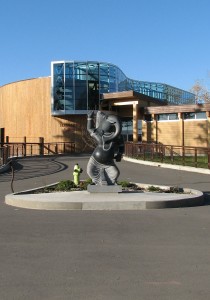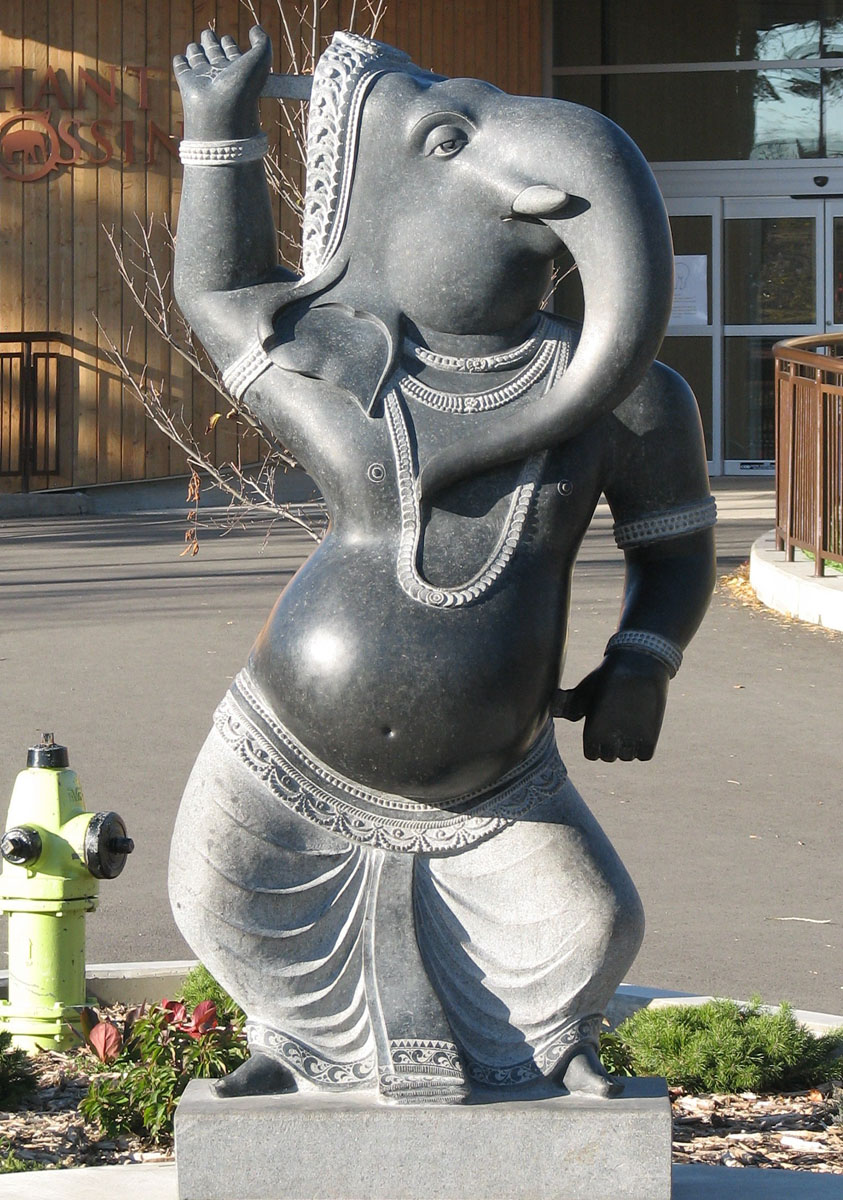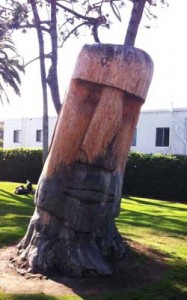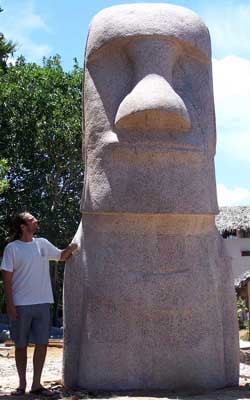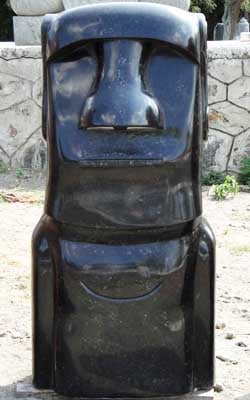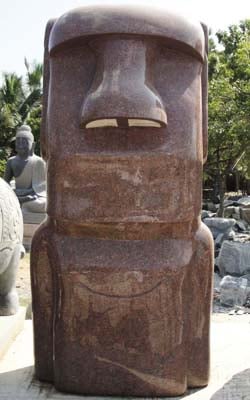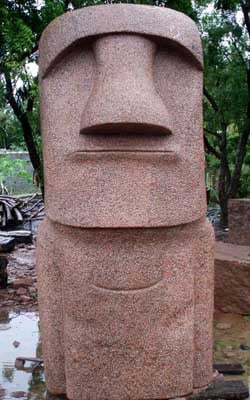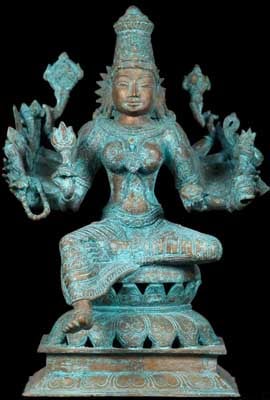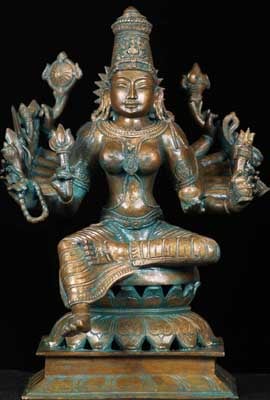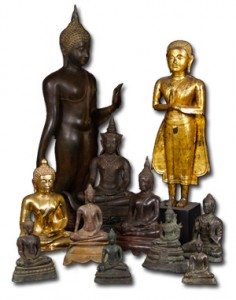
As a Thai customs formality, Buddha sculptures are restricted to be exported from Thailand. The original law was established to protect Thailand’s ancient religious artifacts and antique Buddha images from being stolen and sold illegally. Until recently, this law was not actively enforced on newly made Buddha statues. Vendors could easily ship Thai Buddhas throughout the world.
“In November 2010, Lotus Sculpture experienced one of our containers filled with Buddha sculptures being confiscated en route to the USA by Thai customs officials.”
In November 2010, Lotus Sculpture experienced one of our containers filled with Buddha sculptures being confiscated en route to the USA by Thai customs officials. It was a complete loss with no way to get the confiscated sculptures back. The USA’s Patriot Act has paid for a large X-Ray machine to examine every container shipped from Bangkok to the US. When US or Thai officials scan a container and see outlines of Buddha statues they now confiscate the contents of the container. This may lead to an end of importing Thai Buddhist images altogether, which would be a tragedy to all involved; Buddhists who worship Lord Buddha; business who sell Buddha statues; and especially for the artists who rely on selling Buddhist art to earn a living.

